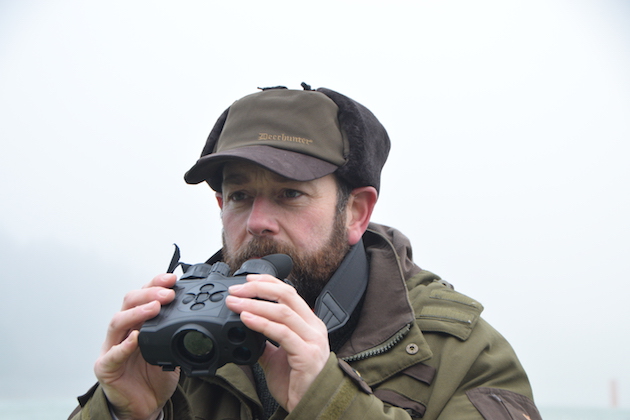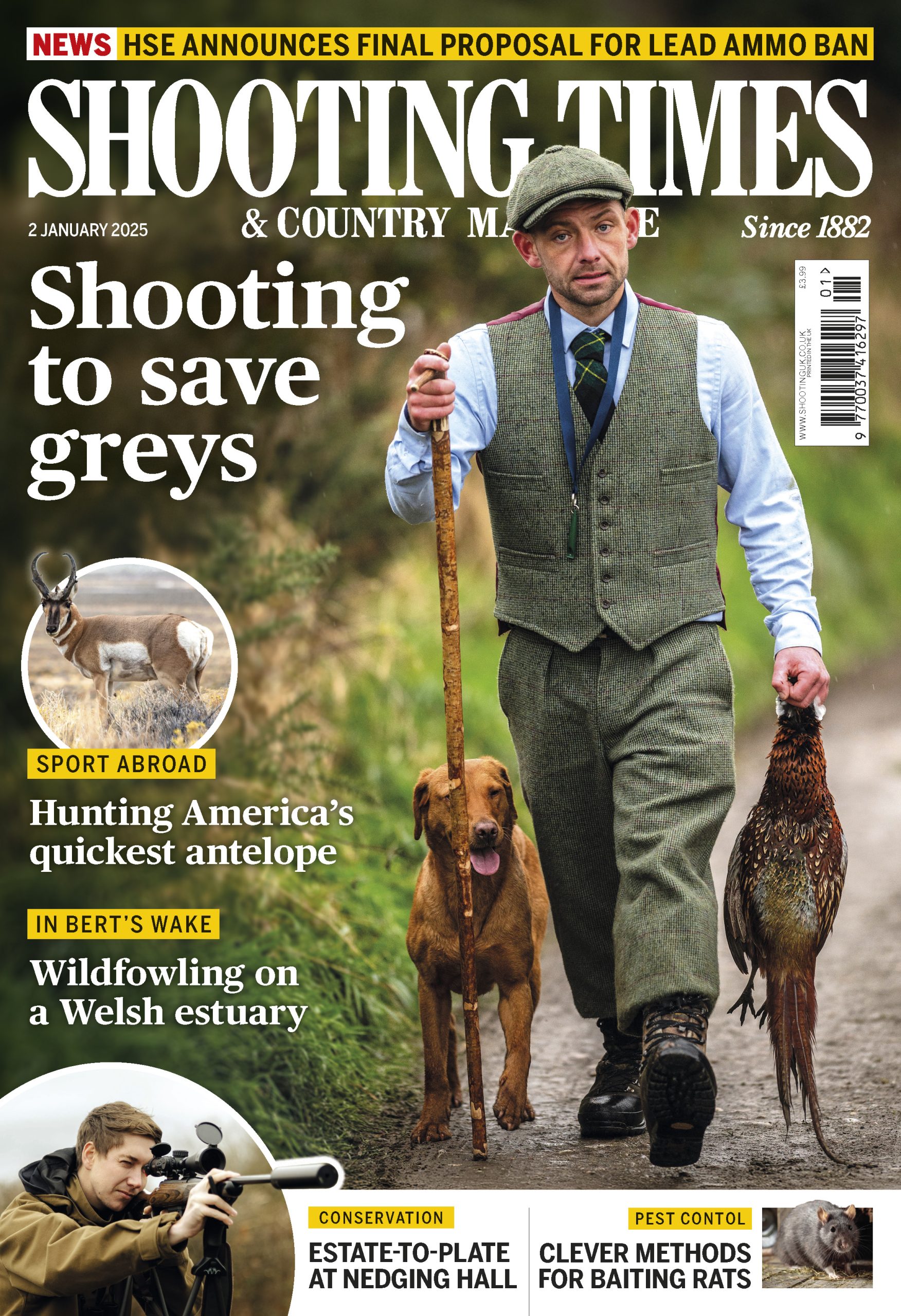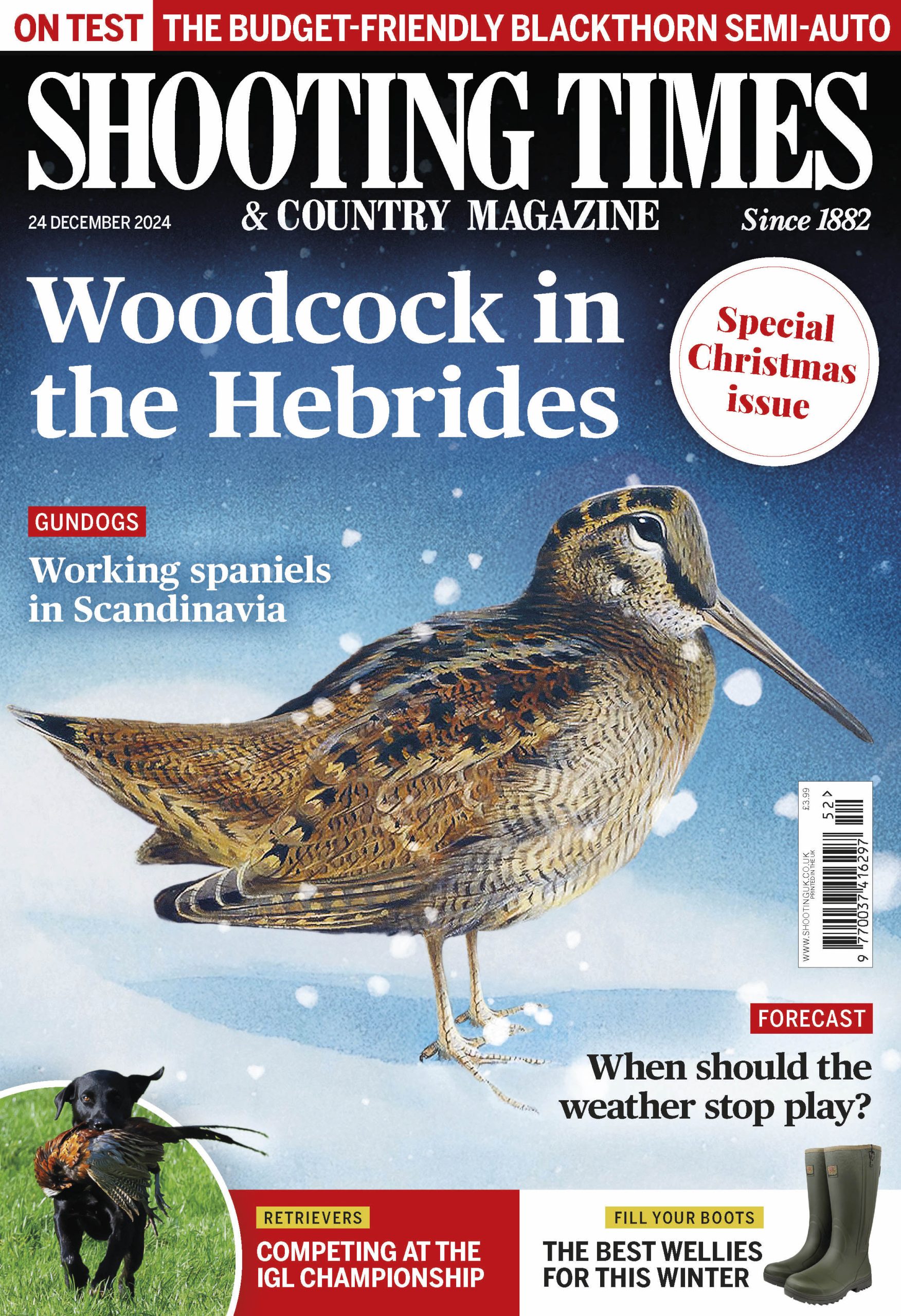How to choose a stalking rifle
Advice on choosing a rifle and scope
Win CENS ProFlex DX5 earplugs worth £1,149 – enter here
 Pulsar XP50 Accolade LRF Bi-Oculars represent the current state of the art for thermal imaging observation
Usd 20 march 19 night vision
Pulsar XP50 Accolade LRF Bi-Oculars represent the current state of the art for thermal imaging observation
Usd 20 march 19 night vision
There is no doubt that thermal-imaging equipment must be at the forefront of shooting technology. It comes with a moral argument about sporting ethics versus serious vermin control at the buyer’s discretion. But the capability to see quarry species, in conditions once considered unlikely or impossible, is a revelation to those trying it for the first time.
Pulsar is perhaps the best-known brand in the rifle-shooting world for these optical devices to spot animals then aim a shot through the rifle. The uncooled microbolometer sensors that detect the faint traces of heat are incredibly sensitive, yet have now reached a temporary plateau; at the top of the market, the capability has remained constant for the past 12 to 18 months. But the associated ergonomics and electronic tools have been added to and improved.
The XP50 Trail rifle scope has clear and easy-to-navigate menu structures
If anything, the cost of the top models has increased rather than diminished. However, the technology has filtered down to more economic additions to your kit bag. Because it is seen as a fast-evolving market — with new models launched every six months or so — buyers want the new model while ruling out the falling price of what was perfect for them half a season ago.
The Accolade has been cleverly designed with a small cutout to fit the bridge of the nose
This fox was shot in daylight at close range with the Trail, it was slumbering close to a chicken farm in long undergrowth, but the thermal image was unmistakable
The Trail XP50 LRF adopts familiar riflescope ergonomics to that of a regular daylight scope
Rabbits and hares at up to 600m are visible without any issue, foxes or deer beyond that. When the air is cool and dry, damp air diminishes range and definition but funnily enough, thick fog and mist that would normally end your day, often become quite transparent with thermal imaging.
The 17µm (micrometres) sensor of the XP50 Trail and Accolade is the highest capability Pulsar offers to the civilian market for the greatest level of image definition.
However, depending on your needs, don’t assume the most expensive is the best. There are minor variations across the Pulsar ranges with smaller 38mm objective lenses that may suit your needs better at lower cost, especially in close quarters where low magnification is crucial.
These XP50s both boast fully waterproof IPX7 ratings and the Trail scope automatically turns off if you stand the rifle up above 70° or lay it on its side. It also tells you if you are canting the rifle more than 5° from vertical during the shot.
The rechargeable IPS5, 5.2A-h battery is reliable. Larger IPS10 batteries are available for even longer duration than the solid six to eight hours’ use the standard one allows.
Advice on choosing a rifle and scope
Pulsar’s N550 digital night-vision rifle scope was a game- changer in the world of late-night pest control and subsequent updates have…
Both units can be connected via USB cable to a desktop computer or wirelessly using the Stream Vision app
Thermal imaging is a valuable tool when you consider the time and effort it can save in daily use, the number of animals that can be seen to pursue or counted to assess population levels. If your joy in the sport is purely to hunt, stalk and go head-to-head with the game, thermal may not be for you. When predator control to protect stock is a priority, you can no longer discount thermal imaging as a fashion; it is a seriously capable tool. The capability available is far in excess of what can be shown in a small review, so take any opportunity possible to try some thermal-imaging equipment for yourself.
Get the latest news delivered direct to your door
Discover the ultimate companion for field sports enthusiasts with Shooting Times & Country Magazine, the UK’s leading weekly publication that has been at the forefront of shooting culture since 1882. Subscribers gain access to expert tips, comprehensive gear reviews, seasonal advice and a vibrant community of like-minded shooters.
Save on shop price when you subscribe with weekly issues featuring in-depth articles on gundog training, exclusive member offers and access to the digital back issue library. A Shooting Times & Country subscription is more than a magazine, don’t just read about the countryside; immerse yourself in its most authoritative and engaging publication.

